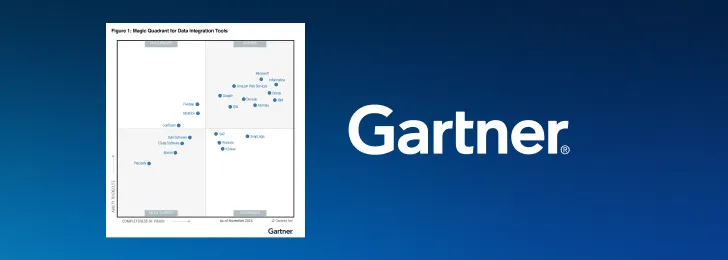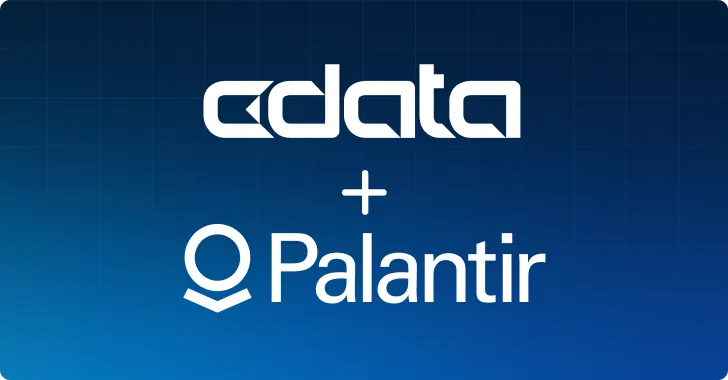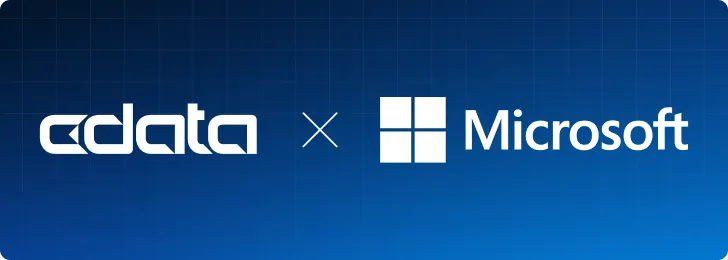
As one of our newest technology solutions, CData Connect AI is continuously evolving, and our engineers are consistently taking customer feedback into consideration to deliver the features and functionality our users value most.
Recently, we chatted with CData SVP, Cloud Mike Albritton to unpack our latest CData Connect AI updates. Mike gave us an inside scoop into the product team’s vision for the release, use cases for these new features, and what our customers can look forward to in the future.
Read our interview below to get a closer look at some of the newest features in Connect AI, including:
- Derived views
- Single sign-on (SSO)
- User-defined credentials
- Custom reports
Q: Can you give us a bit of background on yourself and your role here at CData?
Albritton: My role is to oversee our cloud product both on the product side and the engineering side. I’ve been with the company for 17 years in several different product-facing roles, and I use that experience to translate customer feedback for our designers and engineers. We work together to design and implement features that make CData Connect AI easier to use and bring the value that our users are looking for.
Q: What can users expect in our latest release and why are you excited about them?
Albritton: The four features that will have the most impact are derived views, single sign-on (SSO), custom reports, and user-defined credentials — and those are the ones I'm the most excited about.
We’ve worked hard to make Connect AI easy to use and to that end, derived views are really valuable. They allow you to create simple, consolidated views for a broad selection of data sources, like Salesforce, HubSpot, Pardot, and Facebook, that you can share with other people on your team.
Custom reports are very similar in that users can now outline and flatten — i.e. report on — slices of multi-dimensional data from specific sources like Google Analytics and QuickBooks Online to fit in two-dimensional database tools like Tableau for business intelligence reporting and more.
We’ve also expanded our security options with single sign-on (SSO) to let users log into CData Connect AI with their own identity provider like Azure AD. By supporting SSO, Connect AI joins many other platforms in giving enterprises the simplified security they require.
User-defined credentials share a similar security focus by giving companies a way to enforce the user permissions they’ve already set up on their data sources. Enterprises can now require users to use their own credentials when accessing a data source like Salesforce instead of sharing a single set of credentials.
Q: What has spurred the move toward these enterprise-worthy features?
Albritton: We're expanding our enterprise-level features due to noticeable interest in CData Connect AI from larger companies. These companies have expressed interest in both SSO and user-defined credentials multiple times, while others have expressed ease-of-use challenges that we’re addressing with derived views and custom reports.
For instance, SSO and user-defined credentials are really geared at enterprise security to give the IT admins piece-of-mind. While we're trying to make CData Connect AI friendly for line-of-business users, they still need buy-in from IT and security. Companies have told us they need to ensure users are only accessing the data that they have access to, and now Connect AI delivers on this clear need.
Q: How do you see customers using these features?
Albritton: SSO and user-defined credentials are especially important for enterprise security. For example, if someone leaves their company, enterprises expect the ability to simply turn off access to platforms from a single platform via SSO rather than track down every unique set of credentials. User-defined credentials will complement this access control to help enterprises adhere to strict rules around which data each user can access.
Users will also find CData Connect AI more intuitive with the new data modeling features. This means that enterprises can open up data access to lines of business without technical bottlenecks. For example, derived views strip away the noise so simple data models can be queried and accessed without first having to figure out what the data means. Users can model any data, and even combine data across data sources — like doing a join from Salesforce to Pardot — and have that as a view or table that people can query directly.
Custom reports are vital and required to serve people that are using specific multi-dimensional data sources like Google Analytics and QuickBooks, while derived views are much broader and much more powerful. They both are going to make it easier for customers to save and share data the way that they want to with other people in the organization.
Q: What does the roadmap for CData Connect AI look like in the coming months?
Albritton: I’m looking forward to giving users more ways to customize their connectivity by expanding our CData Connect AI library with more client connectors, as well as our upcoming API Connector, which will let users connect to anything.
We are constantly adding new client support in CData Connect AI. Since the last time we did an update, we’ve added support for Azure Analysis Services, Looker, Mendix, and Azure Data Factory. Our goal is to give you the tools to connect to your data when and where you need it, and CData Connect AI continues to offer more options to decide exactly how you connect.
The CData Difference
If you’re looking to learn more about what you can accomplish with Looker leveraging CData Connect AI connectivity solutions, register today for our upcoming webinar.
Ready to try CData Connect AI for yourself? Get started in just minutes with our fully-functional free trial today.





